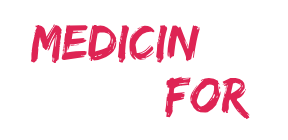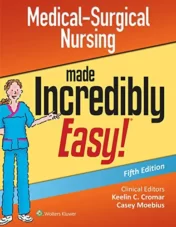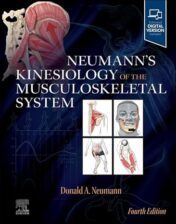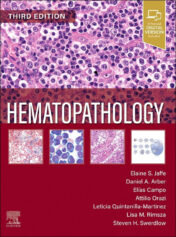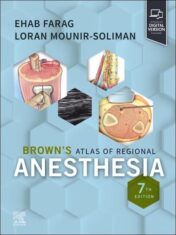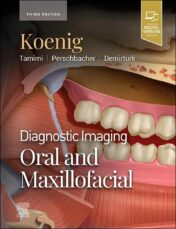Get the vital concepts, data, and how-to on medical-surgical nursing with the newly updated Medical-Surgical Nursing Made Incredibly Easy, 4th Edition .
This fun-but-informative guide uses colorful drawings and diagrams to demonstrate the mechanisms and clinical indications of the most common disorders found in each body system—followed by clear-cut direction on assessments, interventions, and evidence-based treatments. An ideal support to class materials and NCLEX ® preparation, this is also the perfect on-the-spot refresher for nurses in every kind of medical-surgical practice.
- NEW real-world guidance from “Nurse Joy” and “Nurse Jake”—expert tips and insights for medical-surgical nursing situations
- NEW quick-scan format with concise, easy-to-remember bulleted content
- Hundreds of colorful drawings, charts, and diagrams illustrating vital points
- Chapters covering disorders by body system , including cardiovascular, respiratory, endocrine, renal and urologic, reproductive, and musculoskeletal
- Current data and best practices on assessing and treating common disorders, including:
- Anatomy, etiology, and physiology
- Health
- Physical assessments
- Diagnostic testing
- Current NANDA International nursing diagnosis guidelines
- Special chapter features:
- A closer look – Illustrations that explain anatomy, physiology, and complex pathways
- Education edge – Patient teaching tips
- Just the facts – Brief outline of content at the start of every chapter
- What do I do? – Steps to take in emergency situations
- Weighing the evidence – Evidence-based practice pointers that support nursing actions
- Memory jogger – Memory tricks that help you remember key concepts and treatments
- Quick quiz – End-of-chapter riddles and multiple-choice questions to help you retain vital content
- Step-by-step, expert guidance on vital skills, with real-life patient scenarios for areas including:
- Cancer, obesity, and gerontology care
- End-of-life care
- Fluids and electrolytes
- Acid-base balance
- Pain management
- Blood transfusion reactions
- Classifying and treating heart failure
- Use of CT scans, MRIs, and x-rays for each body system
- Preoperative care
- Surgical processes
